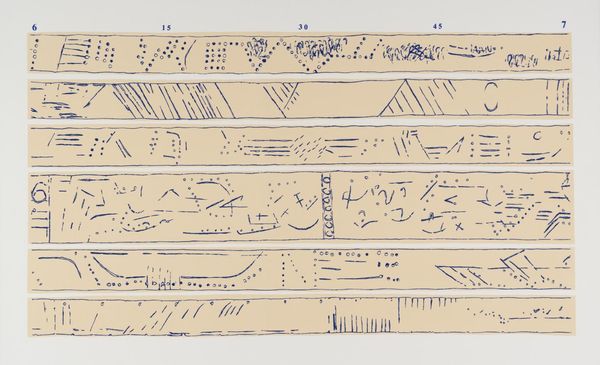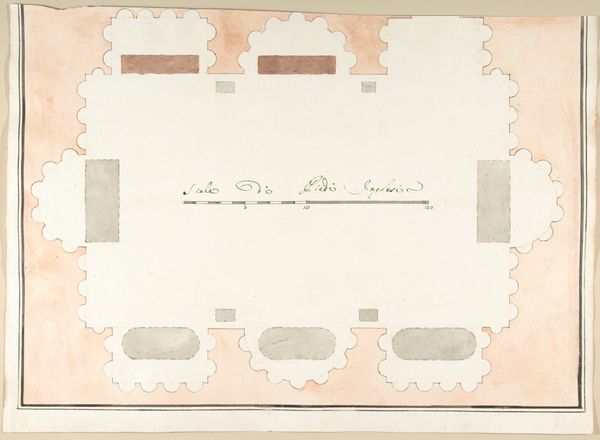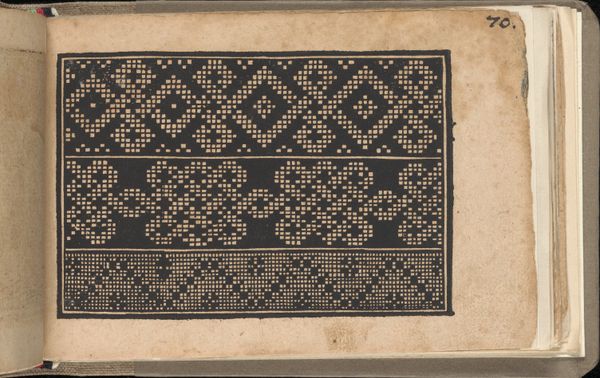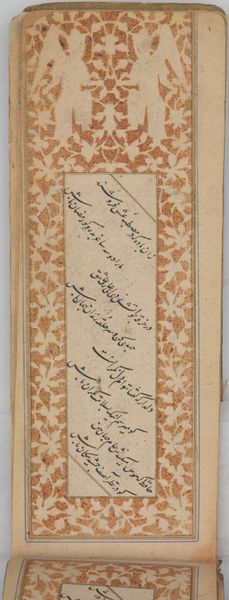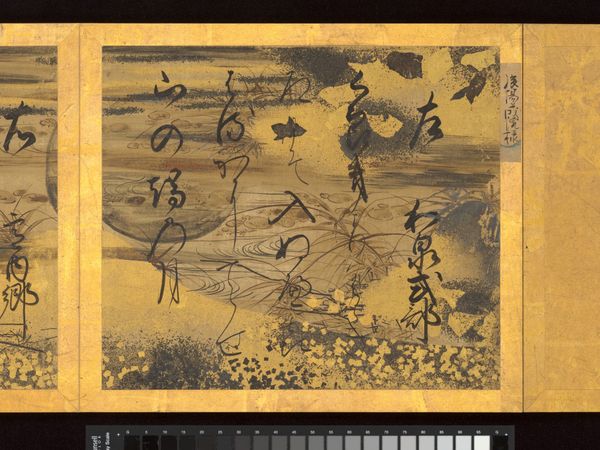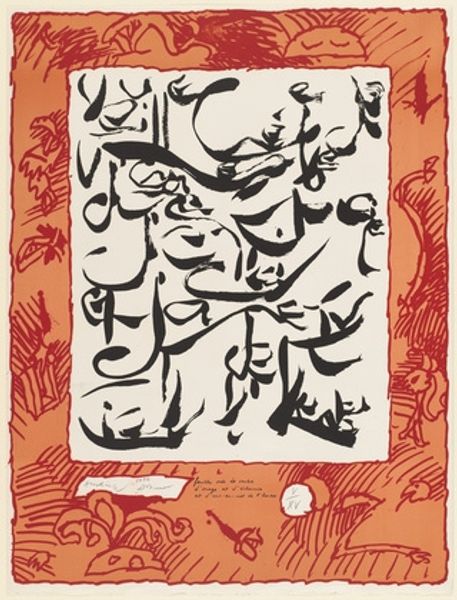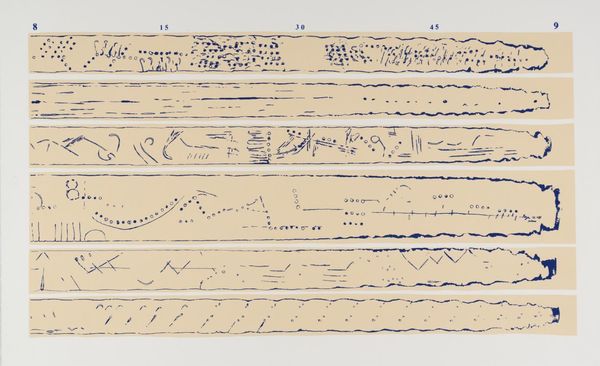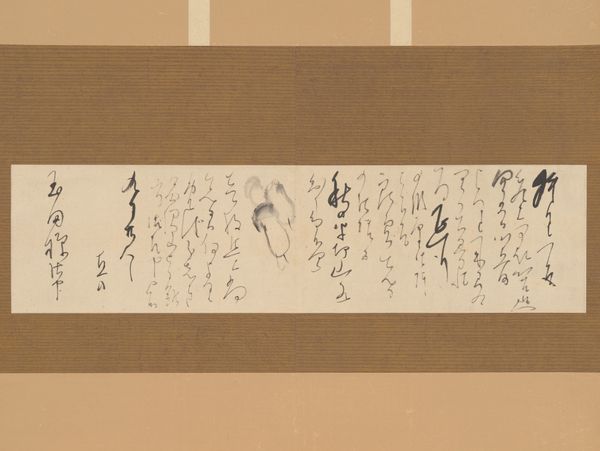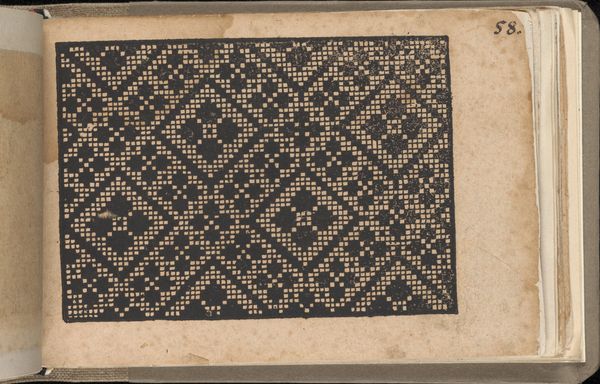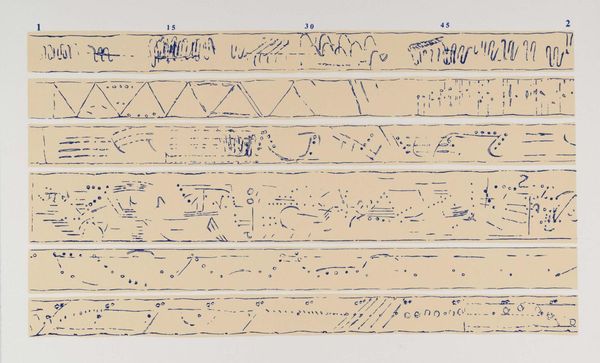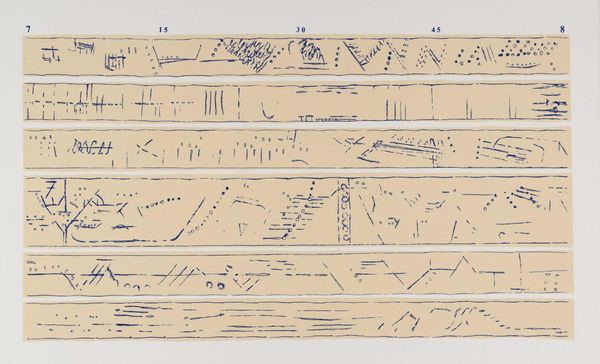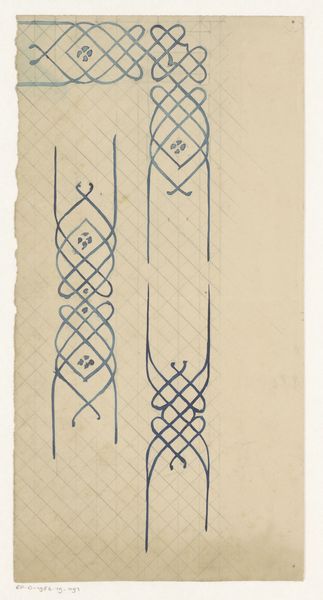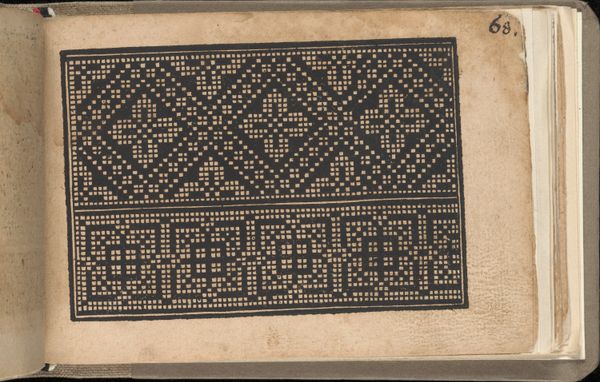
drawing, paper, ink
#
drawing
#
asian-art
#
paper
#
ink
#
islamic-art
#
calligraphy
Dimensions: H. 9 1/2 in. (24.1 cm) W. 4 1/2 in. (11.4 cm)
Copyright: Public Domain
Editor: Here we have a "Page of Calligraphy" created with ink on paper by Abd al-Majid Taleqani, sometime between 1738 and 1788. It’s quite striking, like a musical score somehow. What's the story behind calligraphy's prominent place in Islamic art? Curator: That’s a great observation! Calligraphy in the Islamic world transcends mere writing; it becomes a powerful form of artistic expression. Given the historical constraints against representational imagery in many religious contexts, calligraphy gained immense cultural significance. Consider, the act of producing such a piece becomes a devotional practice in itself, reflecting the profound respect for the written word, specifically the Qur'an. How might the formal elements, like the arrangement and the type of script, contribute to its meaning beyond just the text? Editor: So it’s not just *what* is written, but *how* it's presented. The sweeping lines, the deliberate spacing… it's like the artist is emphasizing certain aspects through visual rhythm. Curator: Exactly. The visual rhythm echoes the content, conveying not just information, but a specific mood and perhaps even social or political messages. Calligraphy held power; rulers and elites commissioned these works to showcase their piety, cultural sophistication, and authority. In a museum context, doesn't its display alter that original message and function? Editor: Absolutely. Removed from its original context, we’re encouraged to appreciate its artistry and historical value. Are there particular styles or schools of calligraphy that were particularly influential during Taleqani’s time? Curator: Yes, the Nasta'liq style, known for its elegance and flowing lines, was highly favoured. Taleqani himself was a master of it. The style’s widespread use facilitated cultural exchange and standardization. Editor: That's fascinating. I came here expecting to simply admire beautiful writing, but I now understand that calligraphy embodies religion, politics and culture! Curator: Indeed. Examining this page reminds us that art is so much more than what meets the eye; it reflects intricate power dynamics and cultural values.
Comments
No comments
Be the first to comment and join the conversation on the ultimate creative platform.
